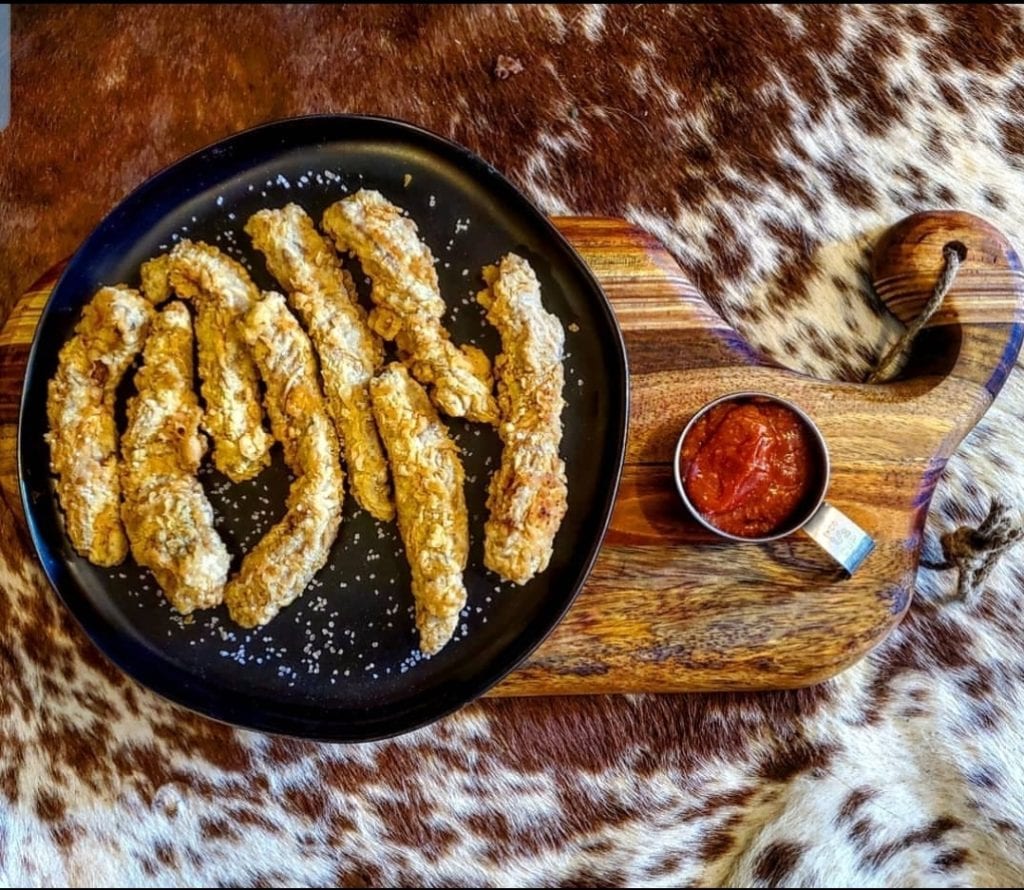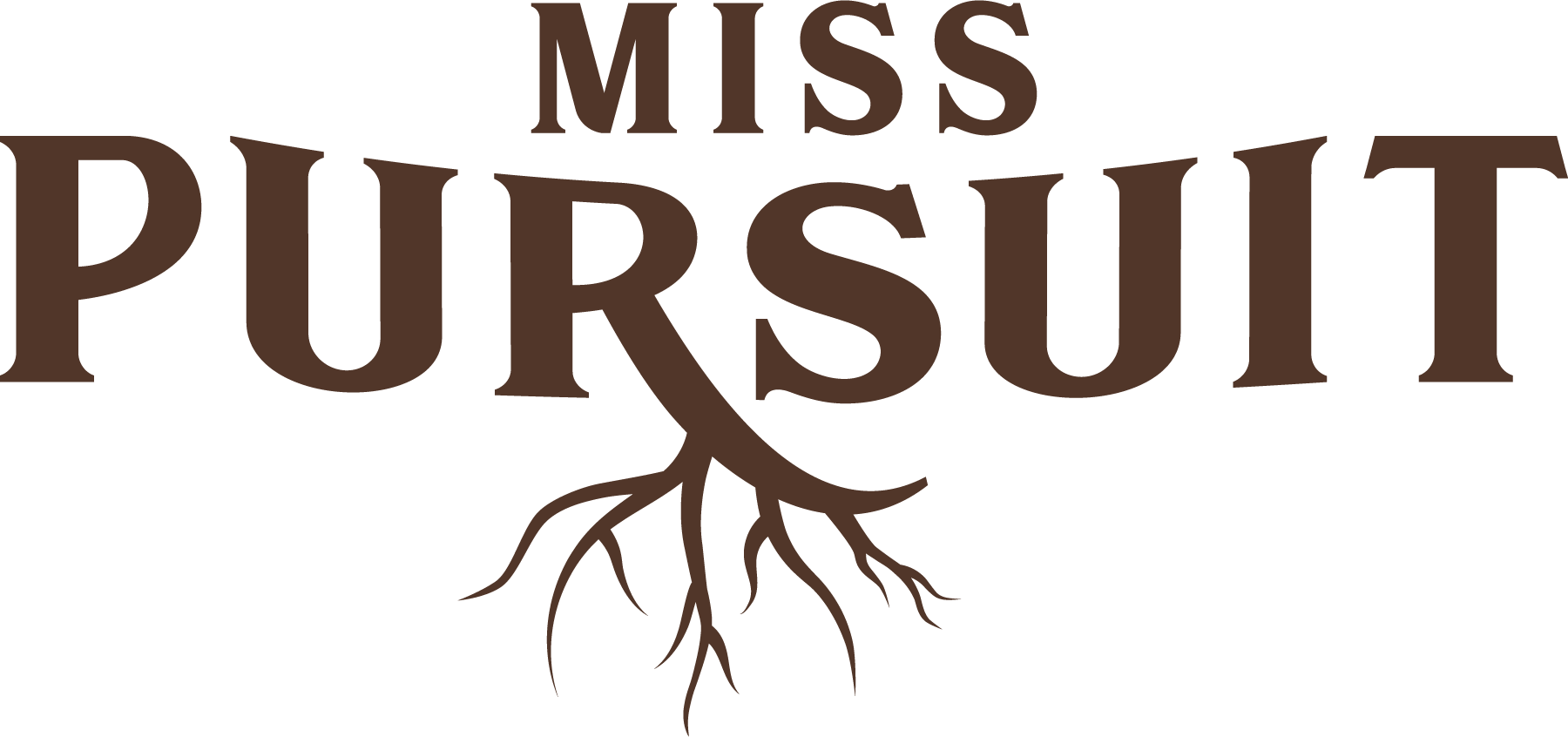Growing up as a hunter, I learned early the main reason we hunted was to put meat in the freezer. We also liked to shoot guns, so it worked out well. The two go hand-in-hand so nicely. I also learned how to field dress and process those animals so they were well taken care of and packaged correctly, so their freezer life would take us into and past the next season. But we never worried about saving the heart and especially not cooking the deer heart.
My family never really got too excited about keeping the organ meats or the heart. So naturally, neither did I. Then I started getting out in the field with friends who grew up with different experiences. I found that some people got extremely excited about the heart and the liver. I just did not understand their joy. Until we cooked up a whole heart, stuffed it with garlic and butter, and tied it together to cook on the open fire. We just sliced it up into bite-size pieces and it was wonderful. I haven’t caught onto the liver yet, though. But, I will fight you for the caul fat.
The heart is a wonderful muscle. It is actually not organ meat. It is a nice little package of muscle that works non-stop to keep us going. Muscles that don’t hold things together or provide structure are much different. They really don’t have a grain to follow, so you can clean up a heart going any direction with your cuts. You can slice it crosswise from top to bottom, which will give you some neat ring-like pieces. Or you can clean up all the fat, pericardial tissues, and the “heartstrings” and be left with some very beautiful strips of clean and lean red meat.
I prefer to clean them up and do amazing things with them. Of course, if you are working with very small hearts from bird families, it is best to just wash them well in cold water and cook a bunch of them whole. That's another tasty treat you should not deny yourself.
Check out 67 Ideas, Tips, & Tricks for Preparing Wild Game Heart
The deer's heart is a four-chambered hollow pump. It is divided into the left and right sides by a wall called the septum. The right and left sides are also divided into chambers called the atria which receive blood from the veins. The two bottom chambers called ventricles which pump blood into the arteries. The chordae tendineae are a group of tough tendinous strands in the heart that are referred to as the “heart strings” that function as guide wires that hold the atrioventricular valves in place while the heart is pumping blood.
Cooking the Deer Heart
When cleaning up a heart I start with a cut from top to bottom along both sides of the septum and lay the heart open flat leaving the septum sticking up nicely to be trimmed off. The septum is a nice flat piece that can be trimmed off the strings and sliced up neatly or cooked as a steak. I once opened up a heart to find shrapnel that had traveled from a vein, where it had broken up and had moved into the atrium–a cool, rare find.
After removing the septum, I simply remove all strings and large pieces of fatty tissue and slice the remaining opened-up heart into slices. I then take these slices and trim any unsightly cardiac tissues that are on the inside and the outside of the heart leaving the pure slices of the heart that can be turned into more Trophy Meals. Or at least some really great appetizers, it really depends on the size of the heart.

The strips can be battered and fried “chicken fried steak style” and dipped into a nice cocktail sauce. Or these strips can be fried up with some peppers and onions and a can of El Pato and turned into some amazing heart fajitas.

Looking for new wild game recipes? Get our downloadable with 10+ recipes today.
Have more questions about how to cook deer heart?
How do you prepare a deer heart for cooking?
To prepare a deer heart for cooking, start by making a cut from top to bottom along both sides of the septum and lay the heart open flat. Remove the septum and trim off any strings and large pieces of fatty tissue. Slice the remaining opened-up heart into neat slices, removing any unsightly cardiac tissues. The slices can be used to create various dishes or turned into appetizers.
What's the best way to eat deer heart?
The best way to eat deer heart depends on personal preference. One popular method is to batter and fry the heart slices “chicken fried steak style” and serve them with a tasty cocktail sauce. Another delicious option is to fry the heart strips with peppers, onions, and a can of El Pato to make flavorful heart fajitas. The cooking method can be adjusted according to individual taste and culinary creativity.
Is deer heart good to eat?
Yes, deer heart is considered a delicacy by many. It offers a unique flavor and texture that appeals to those who enjoy organ meats. When prepared properly, deer heart can be tender, juicy, and full of rich flavors. It is a lean and nutritious source of protein, making it a popular choice among hunters and individuals who appreciate wild game cuisine.
What does deer heart taste like?
Deer heart has a distinct flavor that is often described as robust and slightly gamey. The taste is similar to other lean red meats but with its own unique essence. When cooked correctly, deer heart can be tender and succulent, with a rich, iron-rich flavor. Its taste may vary slightly depending on factors such as the animal's diet, age, and the specific cooking method employed.
